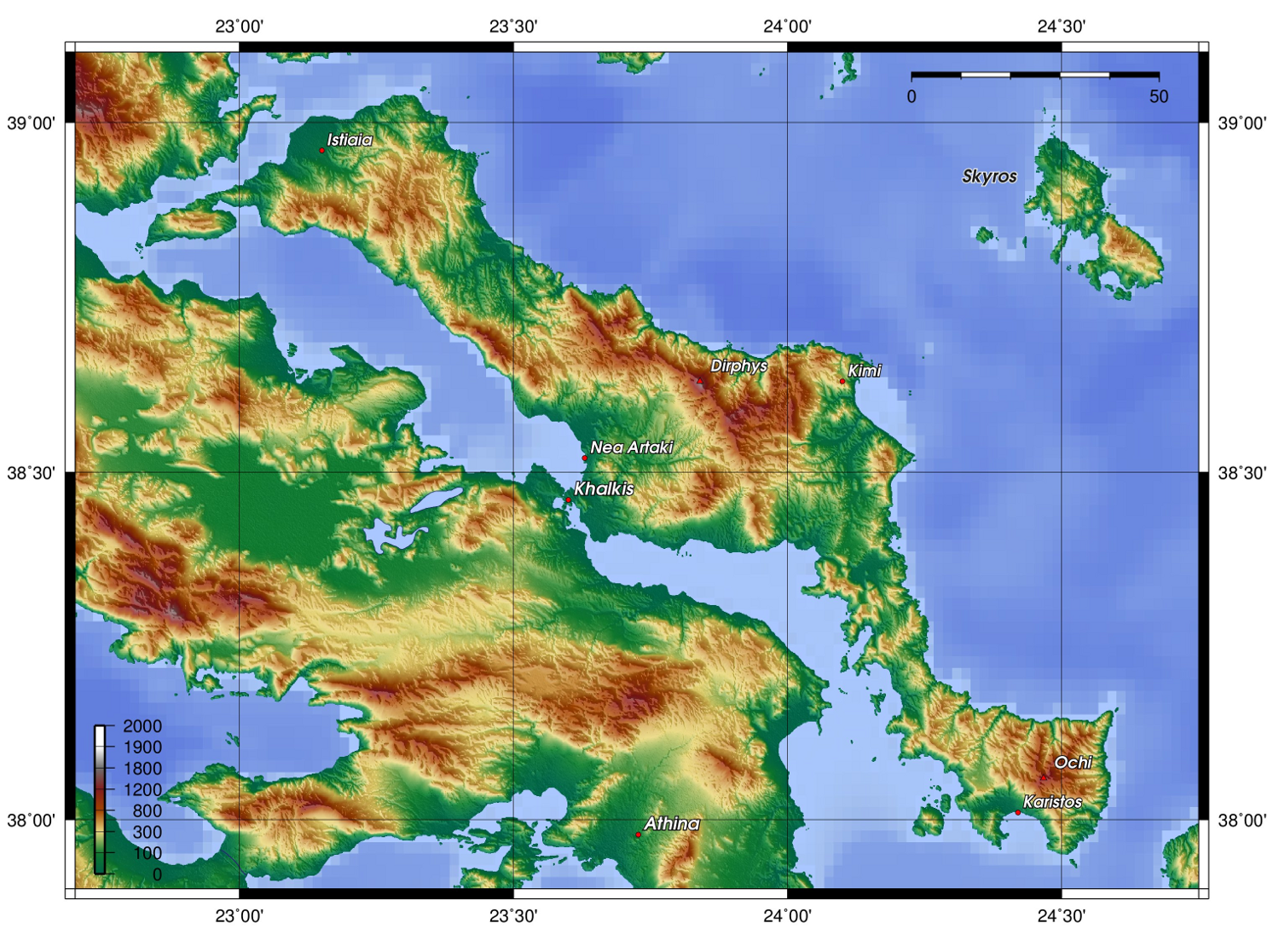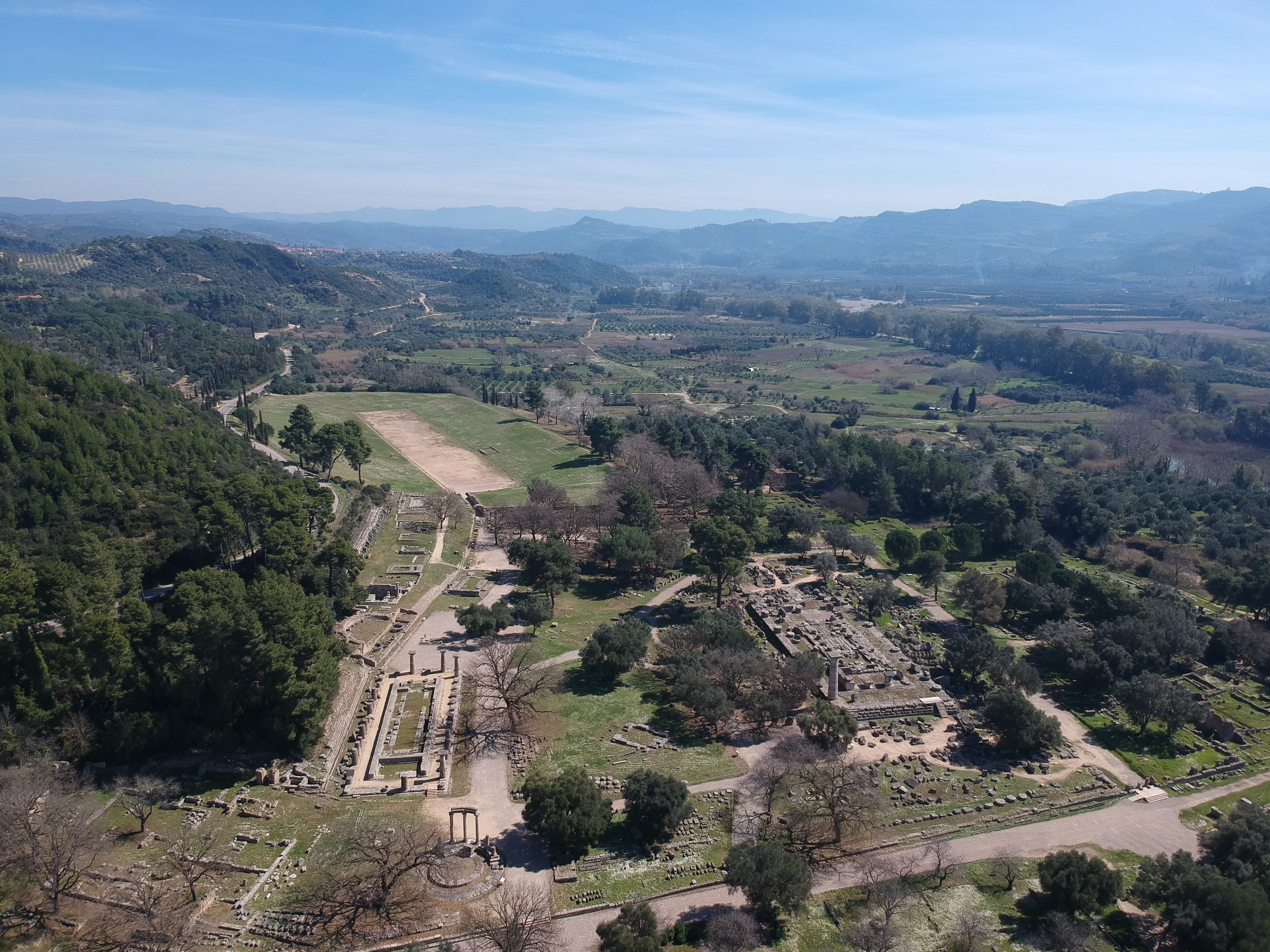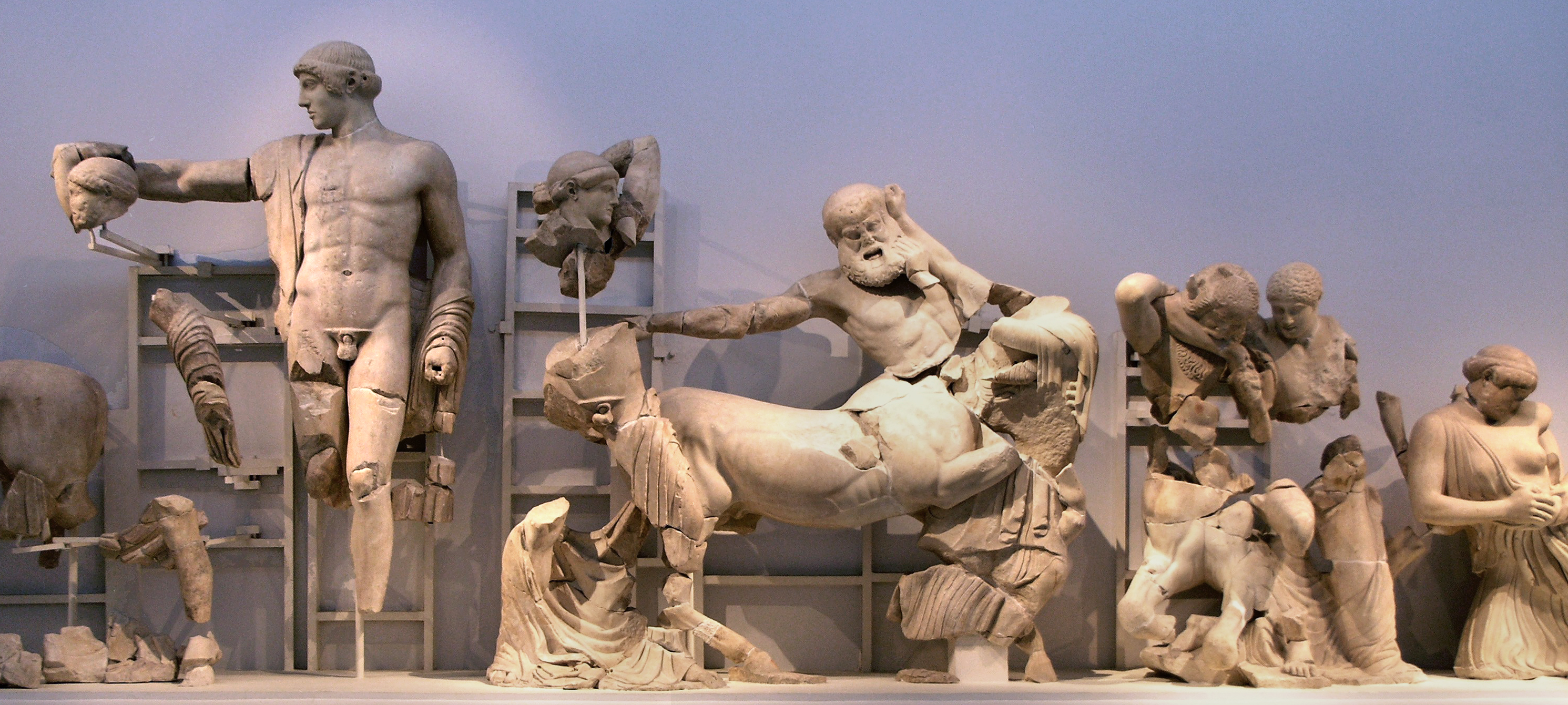|
Kalandra
Kalandra is a small town on Kassandra, the westernmost peninsula of Chalkidiki, Greece. In ancient Greece it was the site of the town of Mende, one of the many colonies in Chalkidiki founded by Chalcis, the main city on the island of Euboia. Mende was also the birthplace of the sculptor Paeionius, (also Paionios), who made a statue of Nike, which was put on top of the victory pillar in Olympia, and is currently in the Archaeological Museum of Olympia The Archaeological Museum of Olympia (Greek: Αρχαιολογικό Μουσείο Ολυμπίας) is one of the principal museums of Greece, located in Olympia. It is overseen by the Ministry of Culture and Sports, and, as of 2009, is direc .... There was also a temple of Poseidon. {{CentralMacedonia-geo-stub Populated places in Chalkidiki ... [...More Info...] [...Related Items...] OR: [Wikipedia] [Google] [Baidu] |
Mende (Chalcidice)
Mende ( grc, Μένδη), also Mendae or Mendai (Μένδαι), or Menda (Μένδα), or Mendis, was an ancient Greek city located on the western coast of the Pallene peninsula in Chalkidiki, facing the coast of Pieria across the narrow Thermaic Gulf and near the modern town of Kalandra. History Mende was probably built during the 9th century BC by Eretrian colonists. The city owes its name to the ''minthe'' plant, a species of mint that still sprouts in the area. Mende's abundant lumber resources and possession of silver, gold and lead mines led to its rapid development. From the 6th century BC, it was one of the cities that controlled trade routes along the coast of Thrace; there were even confirmed dealings with the Greek colonies in Italy, especially concerning the export of the famous local wine ''Mendaeos oinos''. During the 5th century BC, Mende became one of the most important allies of Athens and joined the Delian League, paying a tax that varied from six up ... [...More Info...] [...Related Items...] OR: [Wikipedia] [Google] [Baidu] |
Kassandra, Chalkidiki
Kassandra () or Kassandra Peninsula () is a peninsula and a municipality in Chalkidiki, Macedonia, Greece. The seat of the municipality is in Kassandreia. Municipality The municipality Kassandra was formed at the 2011 local government reform by the merger of the following 2 former municipalities, that became municipal units (communities in brackets): *Kassandra (Afytos, Fourka, Kalandra, Kallithea, Kassandreia, Kassandrino, Kryopigi, Nea Fokaia) * Pallini ( Agia Paraskevi, Chaniotis, Nea Skioni, Paliouri, Pefkochori, Polychrono) The municipality has an area of 334.280 km2, the municipal unit 206.097 km2. History Pallene ( el, Παλλήνη) is the ancient name of the westernmost of the three headlands of Chalcidice, which run out into the Aegean Sea. It is said to have anciently borne the name of Phlegra () and to have witnessed the conflict between the gods and the earthborn Gigantes. The modern name of the peninsula is Kassandra, which, besides affording ex ... [...More Info...] [...Related Items...] OR: [Wikipedia] [Google] [Baidu] |
Chalkidiki
Chalkidiki (; el, Χαλκιδική , also spelled Halkidiki, is a peninsula and regional unit of Greece, part of the region of Central Macedonia, in the geographic region of Macedonia in Northern Greece. The autonomous Mount Athos region constitutes the easternmost part of the peninsula, but not of the regional unit. The capital of Chalkidiki is the town of Polygyros, located in the centre of the peninsula, while the largest town is Nea Moudania. Chalkidiki is a popular summer tourist destination. Name ''Chalkidiki'' also spelled ''Halkidiki'' () or ''Chalcidice'' () was the name given to this peninsula after Chalkida. In ancient times, the area was a colony () of the ancient Ionian Greek city-state of Chalcis. Geography The Cholomontas mountains lie in the north-central part of Chalkidiki. Chalkidiki consists of a large peninsula in the northwestern Aegean Sea, resembling a hand with three 'fingers' (though in Greek these peninsulas are often referred to as 'legs'). ... [...More Info...] [...Related Items...] OR: [Wikipedia] [Google] [Baidu] |
Greece
Greece,, or , romanized: ', officially the Hellenic Republic, is a country in Southeast Europe. It is situated on the southern tip of the Balkans, and is located at the crossroads of Europe, Asia, and Africa. Greece shares land borders with Albania to the northwest, North Macedonia and Bulgaria to the north, and Turkey to the northeast. The Aegean Sea lies to the east of the mainland, the Ionian Sea to the west, and the Sea of Crete and the Mediterranean Sea to the south. Greece has the longest coastline on the Mediterranean Basin, featuring thousands of islands. The country consists of nine traditional geographic regions, and has a population of approximately 10.4 million. Athens is the nation's capital and largest city, followed by Thessaloniki and Patras. Greece is considered the cradle of Western civilization, being the birthplace of democracy, Western philosophy, Western literature, historiography, political science, major scientific and mathematical p ... [...More Info...] [...Related Items...] OR: [Wikipedia] [Google] [Baidu] |
Chalcis
Chalcis ( ; Ancient Greek & Katharevousa: , ) or Chalkida, also spelled Halkida ( Modern Greek: , ), is the chief town of the island of Euboea or Evia in Greece, situated on the Euripus Strait at its narrowest point. The name is preserved from antiquity and is derived from the Greek χαλκός (copper, bronze), though there is no trace of any mines in the area. In the Late Middle Ages, it was known as Negropont(e), an Italian name that has also been applied to the entire island of Euboea. History Ancient Greece The earliest recorded mention of Chalcis is in the Iliad, where it is mentioned in the same line as its rival Eretria. It is also documented that the ships set for the Trojan War gathered at Aulis, the south bank of the strait near the city. Chamber tombs at Trypa and Vromousa dated to the Mycenaean period were excavated by Papavasiliou in 1910. In the 8th and 7th centuries BC, colonists from Chalcis founded thirty townships on the peninsula of Chalcidice ... [...More Info...] [...Related Items...] OR: [Wikipedia] [Google] [Baidu] |
Euboia
Evia (, ; el, Εύβοια ; grc, Εὔβοια ) or Euboia (, ) is the second-largest Greek island in area and population, after Crete. It is separated from Boeotia in mainland Greece by the narrow Euripus Strait (only at its narrowest point). In general outline it is a long and narrow island; it is about long, and varies in breadth from to . Its geographic orientation is from northwest to southeast, and it is traversed throughout its length by a mountain range, which forms part of the chain that bounds Thessaly on the east, and is continued south of Euboia in the lofty islands of Andros, Tinos and Mykonos. It forms most of the regional unit of Euboea, which also includes Skyros and a small area of the Greek mainland. Name Like most of the Greek islands, Euboea was known by other names in antiquity, such as ''Macris'' (Μάκρις) and ''Doliche'' (Δολίχη) from its elongated shape, or ''Ellopia'', ''Aonia'' and ''Abantis'' from the tribes inhabiting it. Its anci ... [...More Info...] [...Related Items...] OR: [Wikipedia] [Google] [Baidu] |
Nike (mythology)
In Greek mythology, Nike (; grc, Νίκη, lit=victory, ancient: , modern: ) was a goddess who personified victory in any field including art, music, war, and athletics. She is often portrayed in Greek art as Winged Victory in the motion of flight; however, she can also appear without wings as "Wingless Victory" when she is being portrayed as an attribute of another deity such as Athena.Suidas. ''The Suda on Line: Byzantine Lexicography''. Translated by Whitehead, David, et al. (2014). Accessed 9 December 2022. https://www.cs.uky.edu/~raphael/sol/sol-html/ In Greek literature Nike is described as both an attribute and attendant to the gods Zeus and Athena. Nike gained this honored role beside Zeus during the Titanomachy where she was one of the first gods to offer her allegiance to Zeus. At Athens, Nike became a servant to Athena as well as an attribute of her due to the prominent status Athena held in her patron city. The fusion of the two goddesses at Athens has contribu ... [...More Info...] [...Related Items...] OR: [Wikipedia] [Google] [Baidu] |
Olympia, Greece
Olympia ( el, label=Modern Greek, Ολυμπία ; grc, Ὀλυμπία ), officially Archaia Olympia ( el, label=Modern Greek, Αρχαία Ολυμπία; grc, Ἀρχαία Ὀλυμπία, links=no; "Ancient Olympia"), is a small town in Elis on the Peloponnese peninsula in Greece, famous for the nearby archaeological site of the same name. This site was a major Panhellenic religious sanctuary of ancient Greece, where the ancient Olympic Games were held every four years throughout Classical antiquity, from the 8th century BC to the 4th century AD. They were restored on a global basis in 1894 in honor of the ideal of peaceful international contention for excellence. The sacred precinct, named the Altis, was primarily dedicated to Zeus, although other gods were worshipped there. The games conducted in his name drew visitors from all over the Greek world as one of a group of such "Panhellenic" centres, which helped to build the identity of the ancient Greeks as a nation. D ... [...More Info...] [...Related Items...] OR: [Wikipedia] [Google] [Baidu] |
Archaeological Museum Of Olympia
The Archaeological Museum of Olympia (Greek: Αρχαιολογικό Μουσείο Ολυμπίας) is one of the principal museums of Greece, located in Olympia. It is overseen by the Ministry of Culture and Sports, and, as of 2009, is directed by Georgia Xatzi. When the original building was completed and opened in 1882, it was the first museum in Greece outside of Athens. The museum houses discoveries from the surrounding area, including the site of the Ancient Olympic Games. The collection includes objects produced and used in the area from prehistory to its time under Roman rule. The principal pieces in the museum are ''Hermes and the Infant Dionysus'' (attributed to Praxiteles), some objects from the Temple of Zeus, the Nike of Paionios, as well as an oenochoe that belonged to Phidias. The extent of its bronze collection makes it one of the most important in the world. Today, the museum is housed in two buildings: the principal building with twelve rooms for exhibit ... [...More Info...] [...Related Items...] OR: [Wikipedia] [Google] [Baidu] |






